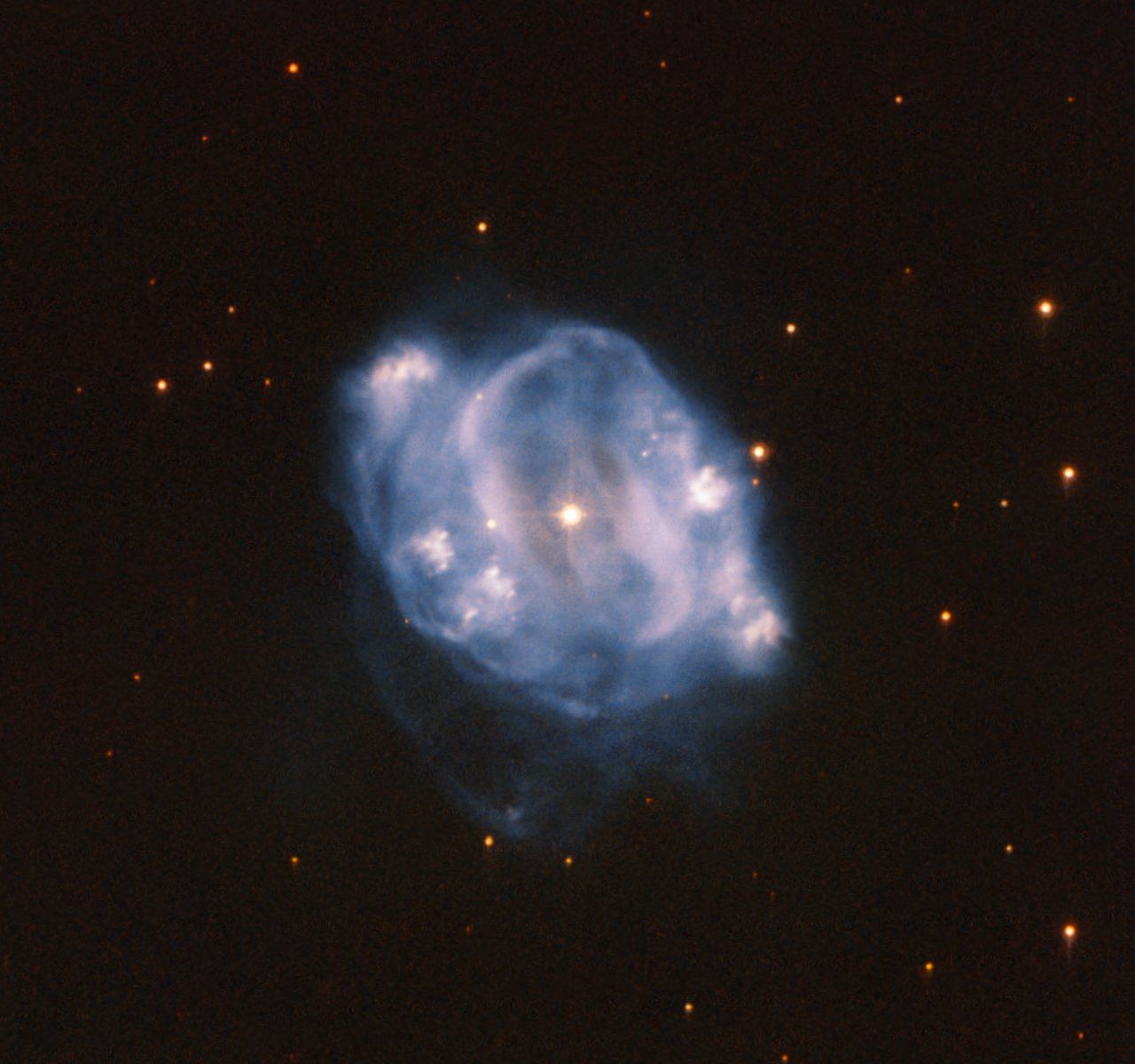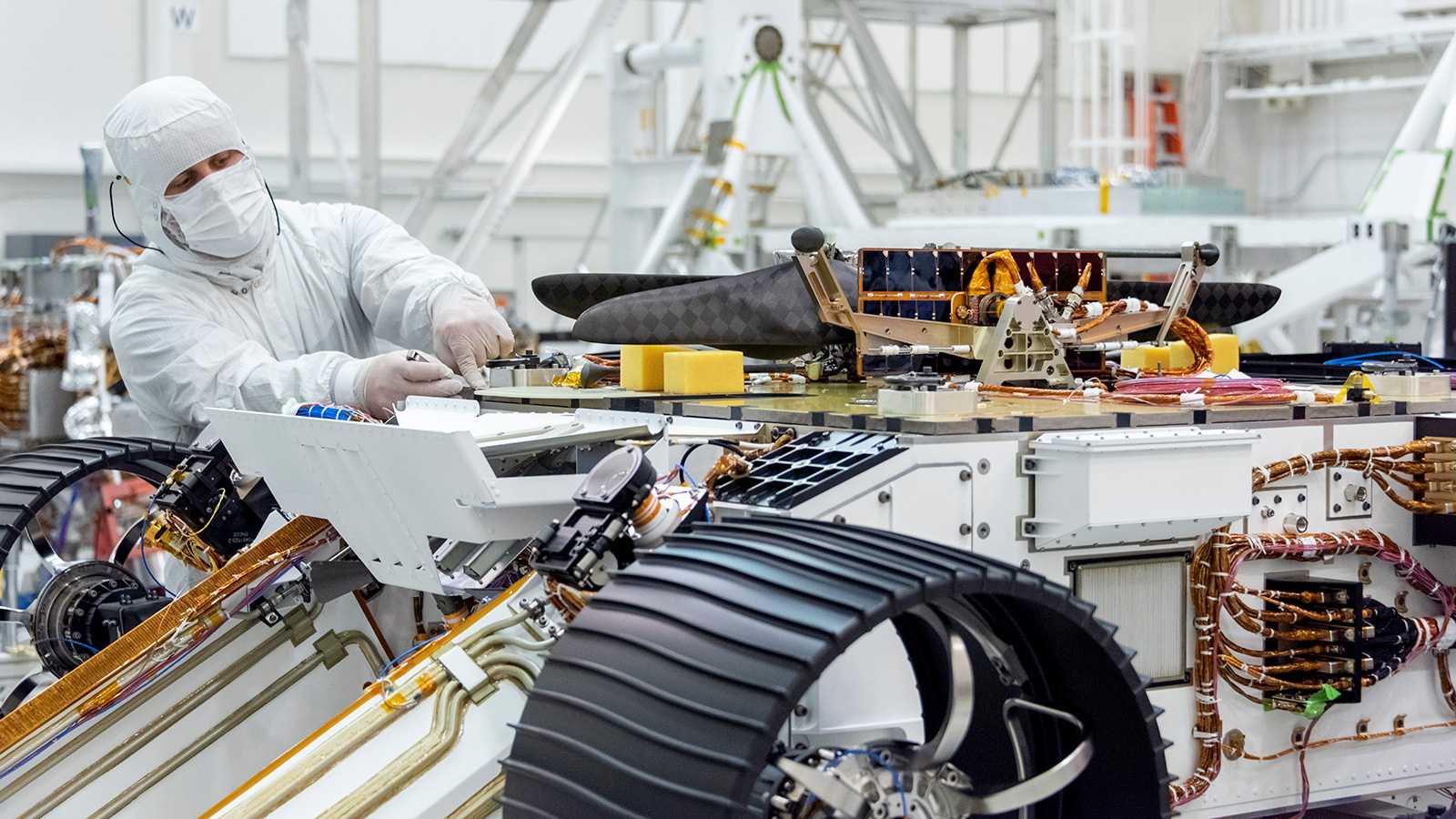This week’s Carnival of Space is hosted by Allen Versfeld at his Urban Astronomer blog.
Click here to read Carnival of Space #627.
Continue reading “Carnival of Space #627”

Space and astronomy news
This week’s Carnival of Space is hosted by Allen Versfeld at his Urban Astronomer blog.
Click here to read Carnival of Space #627.
Continue reading “Carnival of Space #627”
Reflecting its growth as a global power, India has achieved some impressive progress in space lately. In the past decade, the Indian Space Research Organization (ISRO) has sent robotic spacecraft into orbit, to the Moon, and also to Mars. And today, they made their first attempt at a soft lunar landing by sending the Vikram lander towards the surface of the Moon.
This move would have made India the fourth nation in the world to land a spacecraft on the lunar surface. The landing sequence went as planned until the lander reached an altitude of 2.1 km (1.3 mi) above the surface. Unfortunately, communications with the lander was lost at that point and it is unclear whether the lander crashed. At the moment, the ISRO is analyzing data collected by the orbiter to determine what happened.
Continue reading “Chandrayaan 2 Mission Loses Contact With Vikram Lander During Descent”
Earth’s magnetic poles drift over time. This is something that every airplane pilot or navigator knows. They have to account for it when they plan their flights.
They drift so much, in fact, that the magnetic poles are in different locations than the geographic poles, or the axis of Earth’s rotation. Today, Earth’s magnetic north pole is 965 kilometres (600 mi) away from its geographic pole. Now a new study says the same pole drifting is occurring on Mercury too.
Continue reading “Mercury has Magnetic Poles that Drift Like Earth’s”
About 10,000 light years away, in the constellation Centaurus, is a planetary nebula called NGC 5307. A planetary nebula is the remnant of a star like our Sun, when it has reached what can be described as the end of its life. This Hubble image of NGC 5307 not only makes you wonder about the star’s past, it makes you ponder the future of our very own Sun.
Continue reading “This Star Has Reached the End of its Life”Next week, asteroid researchers and spacecraft engineers from all around the world will gather in Rome to discuss the latest in asteroid defense. The three-day International AIDA Workshop, which will run from Sept. 11th to 13th, will focus on the development of the joint NASA-ESA Asteroid Impact Deflection Assessment (AIDA) mission.
The purpose of this two-spacecraft system is to deflect the orbit of one of the bodies that make up the binary asteroid Didymos, which orbits between Earth and Mars. While one spacecraft will collide with a binary Near-Earth Asteroid (NEA), the other will observe the impact and survey the crash site in order to gather as much data as possible about this method of asteroid defense.
Continue reading “Europe and US are Going to Try and Deflect an Asteroid”Mars is well-known for being a dry and arid place, where dusty red sand dunes are prevalent and water exists almost entirely in the form of ice and permafrost. An upside to this, however, is the fact that these conditions are the reason why Mars’ many surface features are so well preserved. And as missions like the Mars Reconnaissance Orbiter (MRO) have shown, this allows for some pretty interesting finds.
Consider the picture recently taken by Curiosity’s

The US President has done it again.
Just when you think things can’t get any more—”unusual”— in the White House, the President has Tweeted an American spy satellite image as part of a juvenile jab at Iranian leadership. After some sleuthing, astronomers were able to figure out which satellite it came from: a (formerly) top-secret satellite called USA 224, an optical reconnaissance satellite.
Continue reading “Thanks to Trump, We’ve Got a Better Idea of the Capabilities of US Surveillance Satellites”Humanity’s future may lie in space, but getting out there is a very big challenge. In short, launching payloads into space from the bottom of Earth’s gravity well is quite expensive, regardless of whether or not reusable rockets are involved. And while some have suggested that building a Space Elevator would be a long-term solution to this problem, this concept is also very expensive and presents all kinds of engineering hurdles.
As an alternative, a pair of astronomy gradu
The past week has been pretty eventful for SpaceX. On Tuesday (Aug. 27th) at 05:00 PM local time (03:00 PST; 06:00 EST), the company conducted its second free-flight test of the Starship Hopper, which saw the test vehicle successfully ascend to 150 m (~500 ft) above the ground and then land in a different spot. This test brings SpaceX one step closer to orbital tests with their full-scale prototypes of the Starship.
But it was what came shortly after this successful test that has people buzzing right now. On Twitter, as Musk was sharing drone footage of the test, he mused about how big SpaceX’s next super-heavy launch system would be. According to Musk, the next-generation system (Starship 2.0, if you will) will be twice as large as the vehicle that is poised to send humans and cargo to the Moon and to Mars.
Continue reading “Elon Musks Says that his Next Starship Could be Twice as Big”
Work on the Mars 2020 Rover is heating up as the July/August 2020 launch date approaches. Mission engineers just attached the Mars Helicopter to the belly of the rover, where it will make the journey to Mars. Both the solar-powered helicopter and the Mars Helicopter Delivery System are now attached to the rover.
NASA’s Mars Helicopter will be the first aircraft to fly on another planet. The small rotor-craft only weighs 1.8 kg (4 lbs.) and is made of lightweight materials like carbon fiber and aluminum. It’s largely a technology demonstration mission, and is important to NASA. The overall mission for the Mars 2020 rover won’t depend on the helicopter, but NASA hopes to learn a lot about how to proceed with aircraft on future missions by putting the Mars helicopter through its paces on Mars.
Continue reading “Mars 2020 Rover Gets its Helicopter Sidekick”